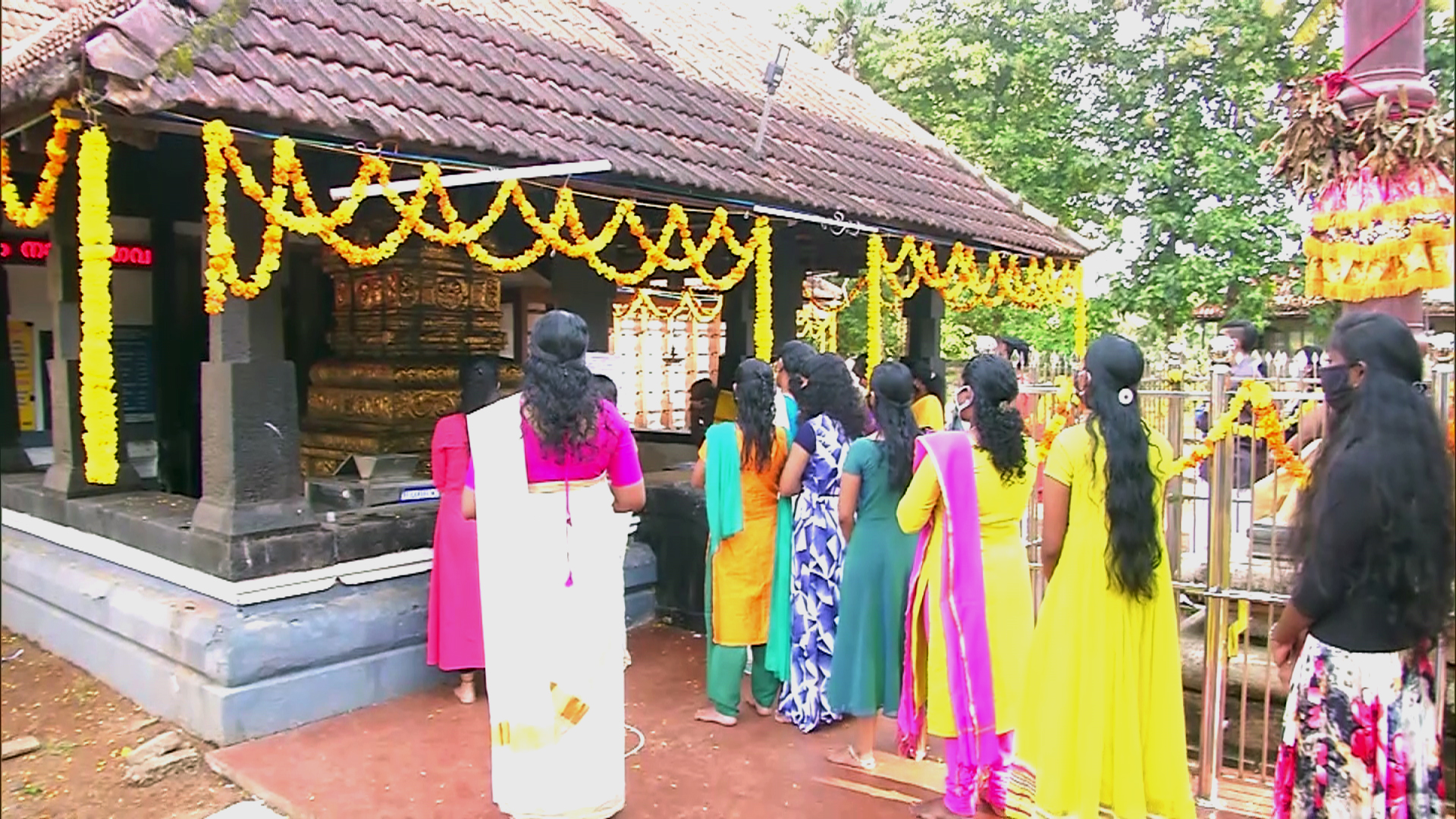As has been pointed out by scholars of Indian civilisation, ancient wisdom goes that “Janmane jaayeti shudra, karmane jaayeti bahuda”. In other words, every human being was born into the same caste, and because of the work and life experiences acquired subsequently, a particular caste. The four were that of the Vaishya, or those in trade and business; the Kshatriya, or those involved in the job of ruling the country and defending it from enemies; the Shudra, or those who worked as manual labour; and finally, the Brahmin, who were priests or scholars. Over the centuries, more and more people sought to transmit their caste to their children without the latter often having the skills and qualifications needed to be the caste of their mother or father. It may be mentioned that in the days before the absurdity of caste by birth rather than by education and occupation remained prevalent, inter-caste marriages and friendships were common and societally accepted. Indian society began its process of atrophy when caste became hereditary, hierarchical and rigid, thereby removing the incentive in an individual to improve. No matter what her or his qualities were, the caste of a child was the same as those of the parents, most often the father, as society shed the liberalism of the past and adopted patriarchy. More and more, rituals complied with by an individual sans any idea of what they were supposed to signify replaced practices sanctified by tradition. In the division of responsibility prescribed by the seers of our country millennia ago, the rulers were not anywhere near as affluent as the traders. In other words, the Kshatriya had power but not the wealth of the Vaishya, nor was the accumulation of wealth regarded as part of the dharma (righteous duty) of the rulers. What a change from the present situation, when so many politicians have leapt from penury to riches within a few years of acquiring high office. Small wonder that the leadership of so many political parties in India gets passed on from father (or mother) to son, or in some cases, from aunt to nephew. This is a reflection of the fact that neither the Election Commission nor the courts have thus far worked to ensure inner-party democracy in the world’s most populous democracy. A political party in effect becomes a chattel, to be handed over to the next of kin, so that the benefits of such ownership remain within the family.
Joining the priestly and scholarly caste ought not to depend on a birth certificate, but on innate and learned skills. The ritual in temples is complex and each of them has meaning, but must be done correctly. In Kerala, in a move that had the support of the present writer at the time, an academy was set up to train children of the Hindu faith (irrespective of their caste by birth) in the complexities of temple rituals. Those who mastered such learnings were made priests in temples. Among the consequence of this is that there are temples in Kerala where the priests are not Brahmin by birth but Brahmin by knowledge and activity, which is as it should be. Again in Kerala, a march took place at the famed Krishna temple in Guruvayur of those who had been thus far excluded from the lunch that was given to those born into a particular caste. The present writer was among the marchers, and the temple management understood the justice of the claim of equality of each believer in Sanatan Dharna with any other, and altered their practices. A professor is a Brahmin, as is the officiating priest in a house of worship, as both have adopted a lifetime of either scholarship or devotion to the divine. In such a situation, it is with surprise that those managing a temple in Koppal (Karnataka) levied a fine on those from a certain caste group for even entering a temple. Such an action makes clear that those responsible have as little understanding of the teachings springing from Sanatan Dharma as simians in a zoo have of the integral calculus. It was in 1936 (and had it been in 1336, the history of India may have been different) that Sri Chitra Tirunal, the Maharaja of Travancore, ignored opposition from bigots (posing as traditionalists) and gave the Temple Entry Declaration. This made it illegal for any individual born in the Hindu faith to be denied entry into any temple in the State of Travancore. It is 2021 and news comes that a temple in Channarayapatna in Karnataka has finally allowed those from particular groups within the Hindu faith to enter its portals. How many temples are there in the rest of Karnataka and in the rest of India that continue to deny entry on the unscientific (and unsanctioned by genuine tradition) basis of caste by birth? Each of them is a stain on the country. Not just the ruling party in India or its branch in Karnataka but every political formation needs to bring to light any temple that continues to refuse entry to any individual who believes in the Hindu faith. In like manner, women and men need to be given equal access in any house of worship, no matter what the faith being practised by those who go there. The Travancore Temple Entry Proclamation of 1936 was at least six centuries late, but it was nevertheless the first move within India (then ruled in large measure by the British) to ensure adherence to the ancient practices of Sanatan Dharma. That even in 2021, believers get barred from temples is a travesty that ought to be ended now.
MDN
Temples should welcome all believers
- Advertisement -

